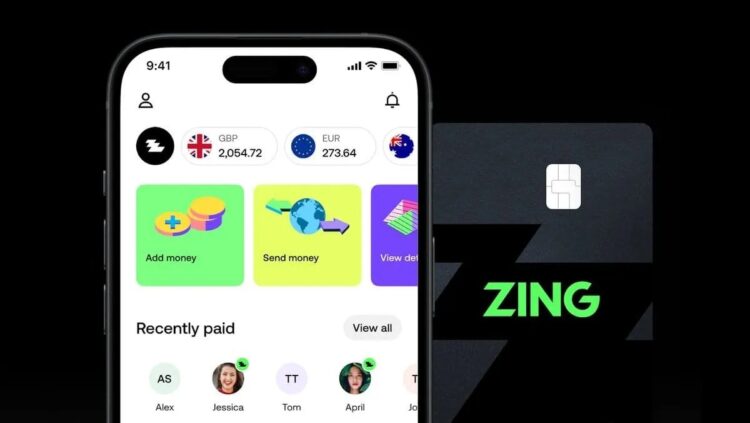HSBC’s Zing and how banking can learn to do cool and innovative better
- With a modern UX and targeting a popular market, HSBC's new international money transfer app shows a lot of promise.
- But it's what Zing -- and HSBC -- didn't do that points to a big opportunity for banks to provide something valuable to customers.

A few years ago, I was chatting with Alex Jimenez, who was leading strategy at Zions Bank at the time. He said that most banks’ efforts to keep relevant basically amounted to innovation theater. Instead of trying to keep up with the new, cool things, he suggested that innovation really had to do with asking the right questions. I’ve been using that term ever since.
“Once you define the question really well, then you can brainstorm, and come up with and test ideas. I’ve seen a lot of groups define a question incorrectly that doesn’t solve the problem and what they end up doing fails. Spend a lot of time with a process that’s very specific in defining the question and then you can begin to innovate.”
Asking the right questions
So, last week, when HSBC announced a new app to send money internationally, my first thought went back to my discussion with Alex.
What question was HSBC asking when it decided to build Zing? The answer feels like it would be something like who’s doing something really well and how do we do something similar?
Because the product just looks and feels like competitor Wise (10 million customers) and part of Revolut (38 million customers). It just feels derivative.
But, hey, that may be enough. Let’s look.







